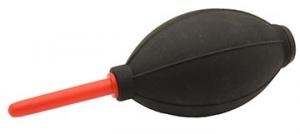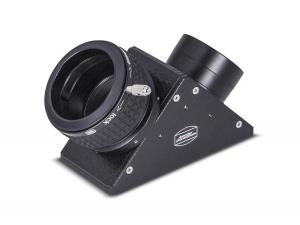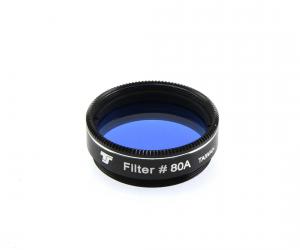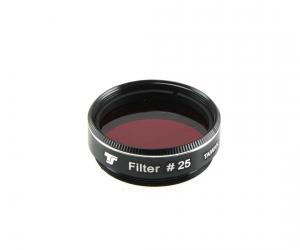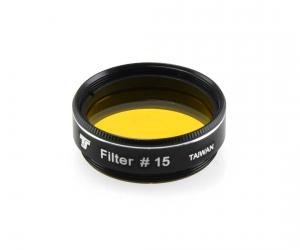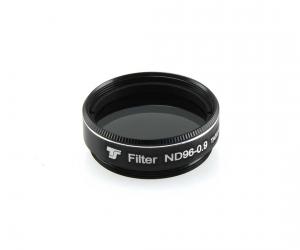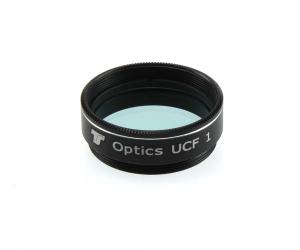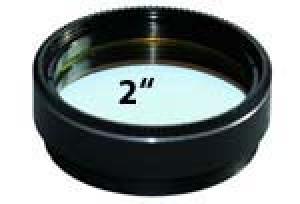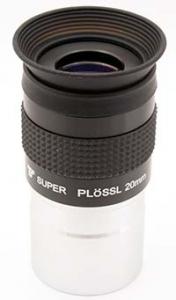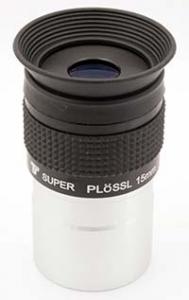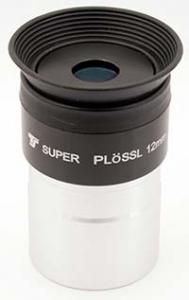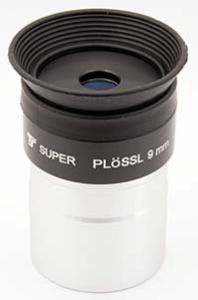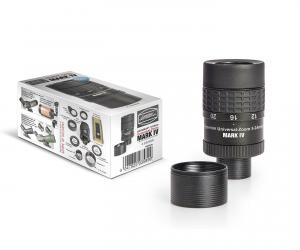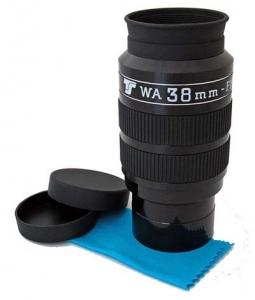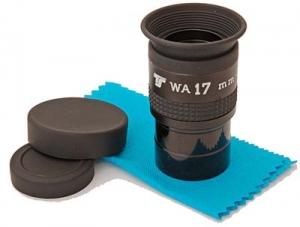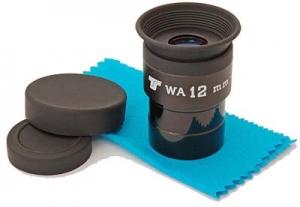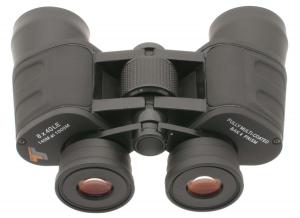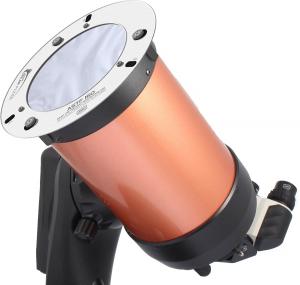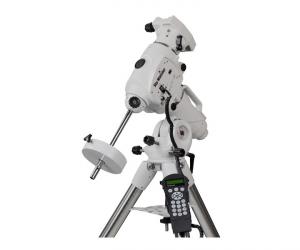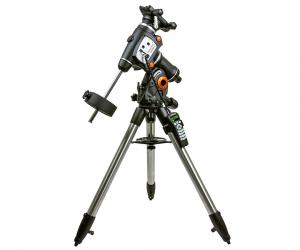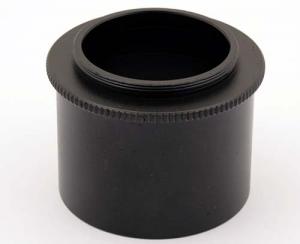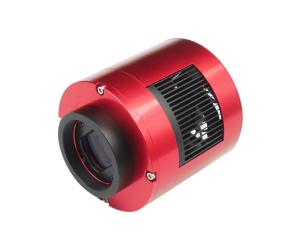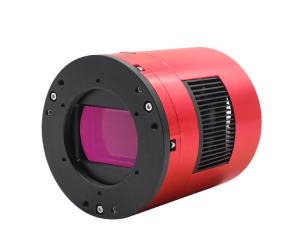- Telescopes
- Overview:
Telescopes - Achromatic Refractor
- Apochromatic Refractor
- Overview:
Apochromatic Refractor - ED Refractor - less color aberration than an achromatic
- SD APO - color free 2-element APO objective
- EDT APO - 3 element ED objective
- High End APO with 3-element APO objective - no color aberation
- Flatfield APO with flat field for Astrophotography
- All Apos and EDs from all manufacturers - large overview
- TS APO and ED from Japan with high quality optics
- Overview:
- Newtonian Telescopes
- Dobsonian Telescopes
- RC Ritchey Chretien Telescopes
- Casssegrain Telescopes
- Reflektor Telescopce with Lens Correcture
- Maksutov Cassegrain Telescopes
- GoTo Telescopes
- Solar Telescopes H-Alpha
- Overview:
- Mounts Tripods Rings Rails Power Supply ...
- Overview:
Mounts Tripods Rings Rails Power Supply ... - Mounts Equatorial with GoTo
- Mounts Equatorial without GoTo
- Mounts Azimutal with GoTo
- Mounts Azimutal without GoTo
- Mounts GoTo - Harmonic Drive
- Travel mounts for astro imaging
- Tripods Piers Polar Wedges
- Mount Control & Electronics
- Dovetail Clamps, Plates and Mount Adapters
- Tube Rings
- Power Supply
- Counterweights Balance Weights
- Mount Accessories - Other
- Overview:
- Telescope Accessories
- Overview:
Telescope Accessories - Eyepieces
- Barlows & Reducer Lenses
- Diagonal Mirrors and Prisms
- Binocular Viewers
- Finder Scopes
- Telescope Collimation and Test
- Cleaning Tools
- Transport and Storage
- Dust protection for Telescopes & Accessories
- Stray Light Protection
- Dewcaps and Heater
- Focusers, Adapters, Motorfocus
- Telescope DIY & Improvement
- Other telescope accessories
- Replacement Parts
- Overview:
- Filters
- Overview:
Filters - Color Filters and Color Filtersets
- Nebular Filters for Visual Observing
- Neutral-Density and Polfilter
- Photo Narrowband Nebular Filters
- Photo Broadband Filters
- Photo Planetary Filters
- Photo R-G-B and IR Cut Filters
- Photo - Filtersets
- Photometric Filters
- Clip Filter for DSLR Cameras
- Filter Wheels and Filterslider
- Solar Filters for white light
- Solarfilter for H-Alpha and Calcium
- Overview:
- Adaptors
- Overview:
Adaptors - Adapter 1,25" and 24,5mm
- Adapter 2"
- Adapter T2 - M42x0.75
- Adapter M48x0,75
- Adapter M54
- Adapter SC
- Adapter M63
- Adapter M68
- Adapter to other Threads
- Adapter Extensions
- Adapter camera bayonet
- Adapter Objective Filterthread
- Adapter Quick Changing , Rotation
- Adapter Eyepiece Projection
- Adapters Tilting
- Overview:
- Astrophotography and Photography
- Overview:
Astrophotography and Photography - Cooled Cameras
- Cameras without Cooling
- Deep-Sky Cameras uncooled
- Set-Offers Camera, Filter, Wheels
- Acessories for Cameras
- Travel mounts for astro imaging
- Imaging Correctors for Telescopes
- Autoguiding Cameras & Sets
- Everything for Guiding
- Focusing aids - Bahtinov mascs
- Flat Field foils and boxes
- Lenses for Cameras
- Piggyback Camera Holder
- Camera Bags, Photocases & more
- Digital Camera and Smartphone Adapter
- Other photo accessories
- Overview:
- Binoculars, Spotting Scopes, Microscopes, Range Finders
- Overview:
Binoculars, Spotting Scopes, Microscopes, Range Finders - Roof Prism Binoculars
- Binoculars with Porro prisms
- Binoculars from 100mm Aperture
- Binoculars with 1,25 inch eyepieces
- TSMX APO Binoculars
- Binoculars for Astronomy
- Binoculars Hiking Bird watching
- Monoculars - Opera Binoculars
- Accessories for Binoculars
- Spotting Scopes
- Range Finders
- Microscopy
- Bags for Phototripods & Binoculars
- Overview:
- Phototripods and Binomounts
- Books, Software
- Overview:
Books, Software - Books for Astronomy Beginners
- Star Charts and Planispheres
- Books about our Solar System
- Observing Tips for Amateurs
- Popular Astronomy Literature
- Teaching material
- Astrophotography books
- Telescopes, Observatories, Construction
- Calendars Yearbooks
- Software, Star Charts
- Books for Microscopers
- Books Nature and Animals
- Nature Photography TimeLapse
- Overview:
- Night Vision, Magnifiers, Weather, Domes & more
- Beginner Astronomy and Gift Ideas
- Second Hand & Special Offers
- New products
Manufacturer: Celestron
Product number: CE820155
EUR1873.00new
EUR 1.873,00
incl. 19 % VAT (DE)
The VAT indicated refers to that applicable in Germany. After logging in, the VAT amount is adjusted to the applicable VAT of the stored delivery country. Therefore, the final price may vary accordingly.
excl. 13.95 € shipping costs (DE)
more details to the shipping costs ...Please log in to calculate shipping costs to your country.
There are no reviews for this product
- Details..
- Technical data..
- In the box..
- Reviews..
- Manufacturer infos..
- Safety informations..
Celestron C 700 - 180 mm Maksutov-Cassegrain Telescope OTA
The C 700 Maksutov-Cassegrain telescope is a specialized instrument designed for detailed, high contrast views of smaller celestial objects like the planets.With the Maksutov-Cassegrain optical tube, this telescope will provide unparalleled views of the planets and up-close views of the lunar surface, including craters and maria, Maks are also well suited to hunting smaller deep sky objects with higher surface brightness, such as globular clusters and planetary nebulae. Astronomers located in urban areas will appreciate the Mak´s ability to bring out more contrast in celestial objects.
Maksutov-Cassegrain Optical Design
The Mak is a catadioptric telescope, which means the optical design includes both a lens and a mirror. The light coming through a Mak passes through the corrector lens to the primary mirror and back to a spherical secondary mirror before it hits your eyepiece. Images are bright, sharp, and virtually free of chromatic aberration.
The Maksutov-Cassegrain´s optical design offers several unique benefits. Instead of a secondary mirror, the Mak features a ´secondary spot´ of reflective coating applied directly to the inside of the corrector plate. Because of this, the telescope does not require frequent collimation like a Schmidt-Cassegrain. Also, the secondary spot is significantly smaller than a traditional Schmidt-Cassegrain secondary mirror, giving the Mak its signature high-contrast views.
One important thing to note about Maksutov-Cassegrain telescopes is that the larger, heavier Maksutov corrector plate takes longer to cool down and adjust to ambient air temperature compared to a Schmidt-Cassegrain of the same aperture.
Accessories Included
The CGEM II 700 Mak comes complete with a 2" visual back, a 2" star diagonal with 1.25" adapter, a 28 mm wide-field 2" eyepiece, and a large 8x50 straight-through finderscope. The optical tube accommodates the larger 2" accessories, such as 2" Barlow lenses, the 2" eyepiece and filter kit, and larger wide-field eyepieces.StarBright XLT Technology
StarBright XLT is Celestron?s revolutionary optical coating system that outperforms any other coating in the commercial telescope market. There are three major components that make up their StarBright XLT high-transmission optical system design:Astrophotographic results obtained with this telescope on Astrobin
Here you can find some astrophotographs made with this telescope model: Link to Astrobin| Optical design: | Maksutov-Cassegrain |
| Aperture: | 180 mm (7.08") |
| Focal length: | 2700 mm (106.3") |
| Focal ratio: | f/15 |
| Eyepiece focal length and barrel size: | 28 mm 2" eyepiece |
| Magnification with the supplied eyepiece: | 96x |
| Resolution (DAWES): | 0.52 arc seconds |
| Resolution (RAYLEIGH): | 0.64 arc seconds |
| Finder scope: | 8x50 |
| Star diagonal: | 2" with 1.25" adapter |
| Highest useful magnification: | 360x |
| Lowest useful magnification: | 67x |
| Limiting magnitude: | 13.9 mag |
| Light collecting capacity (to the human eye): | 661x |
| Secondary mirror obstruction: | 40 mm (1.57") |
| Secondary mirror obstruction relative to the diameter: | 22% |
| Secondary mirror obstruction relative to the surface: | 5% |
| Coating: | StarBright XLT |
| Tube length: | 57.15 cm (22.5") |
| Tube (material): | Aluminum |
| Tube weight: | 8.6 kg (19 lbs) |
Astrophotographic results obtained with this telescope on Astrobin
Here you can find some astrophotographs made with this telescope model: Link to AstrobinCustomer report
Our customer Oliver Stegen has summarized his first experiences with this telescope as a short report:"Perfect for observing the moon and planets. Clearly outperforms an 8 inch SC in contrast and details, for example in the moon and Jupiter. The special coating of the surfaces of the Celestron is noticeable in a significantly brighter image than the comparable Skywatcher Skymax- 180, which justifies the higher purchase price.The significantly larger dovetail bar than on the Skymax-180 is also positive, as it makes it easier to balance the weight.
For a better overview, for example to have the complete moon in the picture, you should use a good eyepiece larger than 50mm. I use the TeleVue Plössl 55mm for this.
The cool down time is not dramatically above a SC. With closed systems, longer cooling times must always be taken into account. On the other hand, the optics of the Mak are much less susceptible to adjustment. A dew shield is also important to prevent fogging of the optics.
Then you have a perfect instrument for visual observation and astrophotography, especially of the sun, moon and planets."
Many thanks to Oliver Stegen for this helpful report!
| Manufacturer / Importeur: | Baader Planetarium GmbH |
| Street: | Zur Sternwarte |
| ZIP / City: | 82291 Mammendorf |
| Country: | Germany |
| Telefon number: | +49 8145 80890 |
| Email: | kontakt@baader-planetarium.de |
| Website: | www.baader-planetarium.com |
Safety informations: PDF Download
Recommended accessories
Cleaning & Collimating
Customers who bought this product also bought...
Diagonal Mirrors & Prisms
Eyepiece-side accessories like Filters
TS-Optics 1.25" Grey Filter ND 09 - 13% Transmission - Neutral Density
EUR 22,87RRP EUR 24,90you save 8.2% (EUR 2,03)
Eyepieces
TS-Optics 38 mm 2" - 70° Wide Angle Eyepiece
EUR 119,00RRP EUR 169,00you save 29.6% (EUR 50,00)
TS-Optics 12 mm 1.25" - 60° Wide Angle Eyepiece
EUR 54,00RRP EUR 89,00you save 39.3% (EUR 35,00)
General Accessories
Mounts
Photo Acessories
TS-Optics Focal Adapter from 2 Inch to T2 (M42x0,75)
EUR 29,90RRP EUR 34,90you save 14.3% (EUR 5,00)
TS-Optics moon and planetary astro CCD camera with 1,25" connection
EUR 49,98RRP EUR 89,00you save 43.8% (EUR 39,02)
ZWO Color Astro Camera ASI294MC Pro cooled - Sony Sensor D=23.2 mm
EUR 1.390,00RRP EUR 1.490,00you save 6.7% (EUR 100,00)
Transport & Covers
Reviews
Written by Oliver Stegen
on 2022-08-22
Perfekt für die Mond- und Planetenbeobachtung. Sticht bei Kontrast und Details, z.B. bei Mond und Jupiter, ein 8 Zoll SC deutlich aus. Die spezielle Beschichtung der Oberflächen bei Celestron macht sich in einem deutlich helleren Bild bemerkbar, als beim vergleichbaren Skywatcher Skymax-180, was den höheren Kaufpreis rechtfertigt. Positiv zu bewerten ist auch die deutlich größere Prismenschiene, als beim Skymax-180, da man dadurch leichter das Gewicht ausbalancieren kann.
Für eine bessere Übersicht, um z.B. den kompletten Mond im Bild zu haben, sollte man ein gutes Okular größer 50mm einsetzen. Ich nutze dafür das TeleVue Plössl 55mm.
Die Auskühlzeit liegt nicht dramatisch über einem SC. Bei geschlossenen Systemen muss man grundsätzlich mit längeren Auskühlzeiten rechnen. Dafür ist die Optik des Mak deutlich weniger justieranfällig. Wichtig ist auch eine Taukappe, um ein Beschlagen der Optik zu verhindern.
Dann hat man ein perfektes Gerät für die visuelle Beobachtung und Astrofotografie, insbesondere von Sonne, Mond und Planeten.













